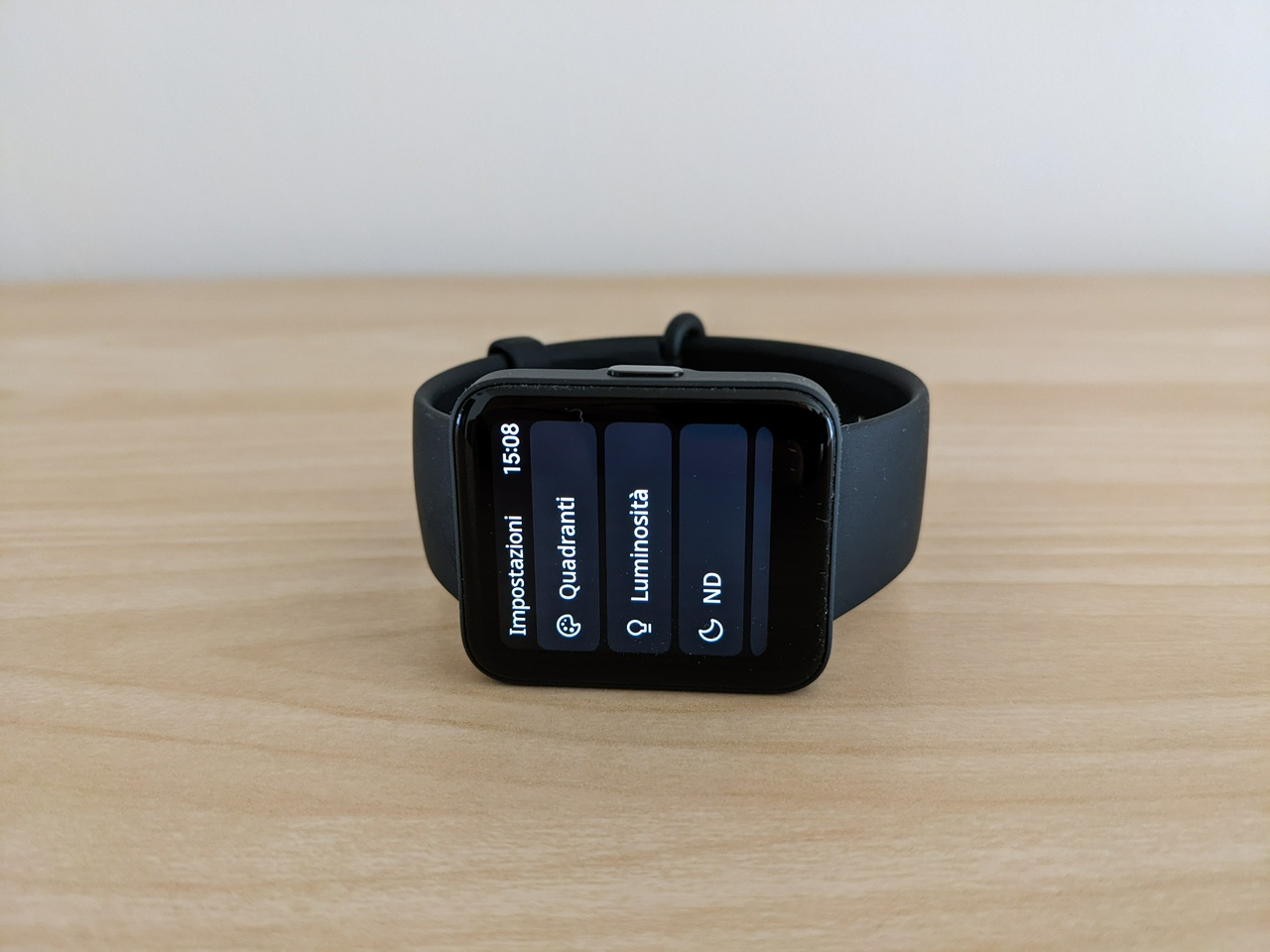Controlling the Z80-MBC2 from Android on chromeOS
ChromeOS 104 landed on my Chromebox delivering a pleasant surprise, the ability to access serial USB devices from Android apps.
When I plugged the Z80-MBC2 Z80 homebrew computer into the Chromebox under chromeOS 104, the system popped up this notification allowing me to connect the device to Android or Linux, not just Linux as before:
The notifcation confirms the detection of the Z80-MBC2's CP2102 chipset and says:
USB device detected
Open Settings to connect CP2102 USB to UART Bridge Controller to Linux or Android apps
Connect to Linux Connect to Android
I had long been looking forward to accessing the Z80-MBC2 from Android. I researched a great terminal emulator app, Serial USB Terminal, which can connect to serial USB devices, features basic ANSI support, and can transfer files via XMODEM. Although the app runs fine on the Chromebox, I never figured how to connect to the Z80-MBC2. It turns out it wasn't possible, until chromeOS 104.
Selecting the notification's option to connect to Android prompts to run Serial USB Terminal, optionally setting it as the default app for Android connections.
I interacted a bit with the Z80-MBC2 from the Android terminal emulator and it's usable. Here's what a CP/M 3.0 session looks like in the app in landscape tablet mode, the window layout that works best with a terminal:
Input goes in a text field separate from the terminal output. It feels awkward on the desktop but natural on mobile devices with touch interfaces.
Serial USB Terminal's ANSI support seems limited or incomplete, but I haven't checked extensively.
I tried transferring a file via XMODEM from the terminal emulator to the Z80-MBC2 under CP/M 3.0. But, as with Crostini Linux, nothing happens and the XMODEM transfer doesn't work. More experimentation may provide clues on the XMODEM issue.
So far I haven't played with the Z80-MBC2 much from Android, but it's great to have another option for controlling the device.
#z80mbc2 #sbc #Android #chromeOS
Discuss... Email | Reply @amoroso@oldbytes.space



